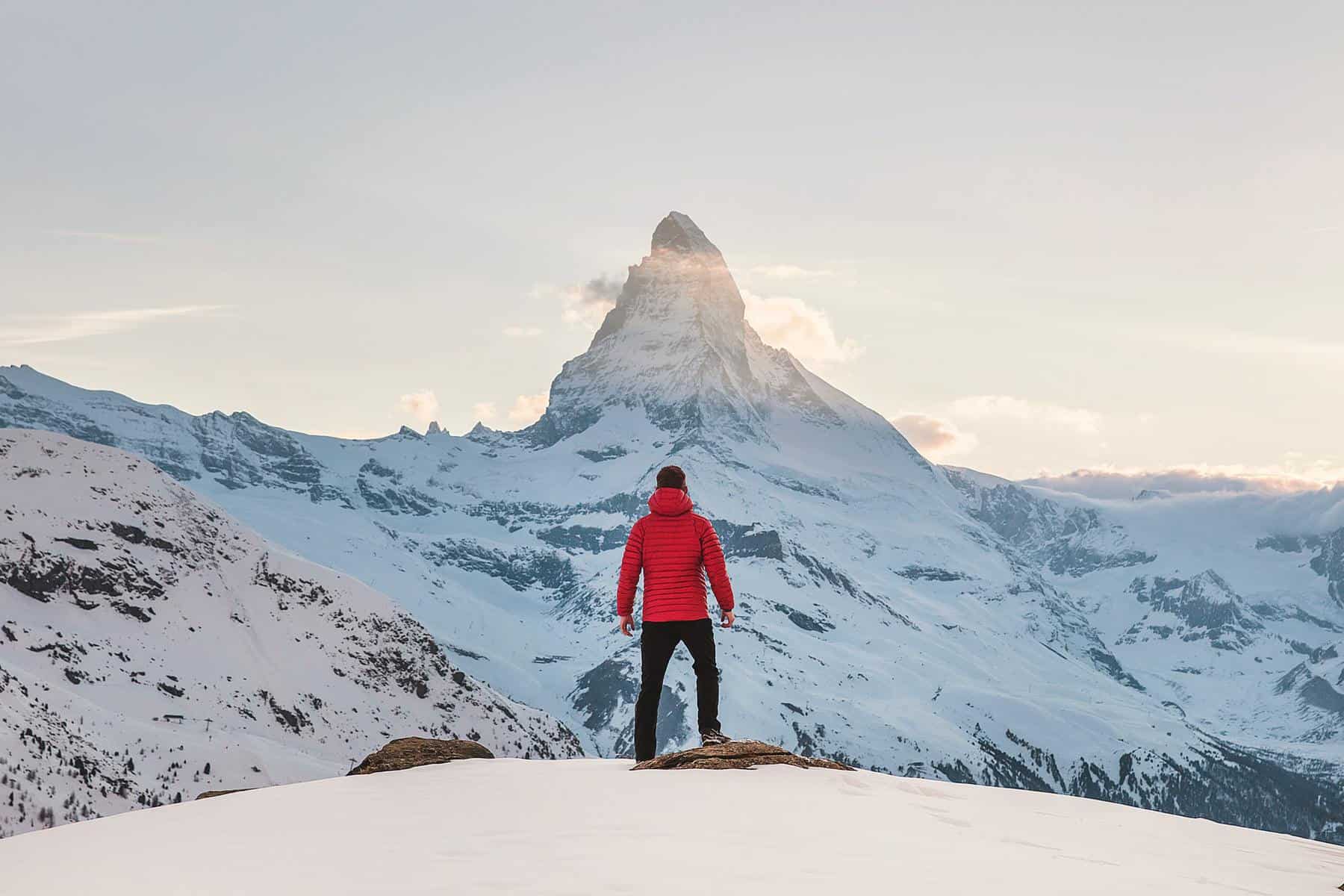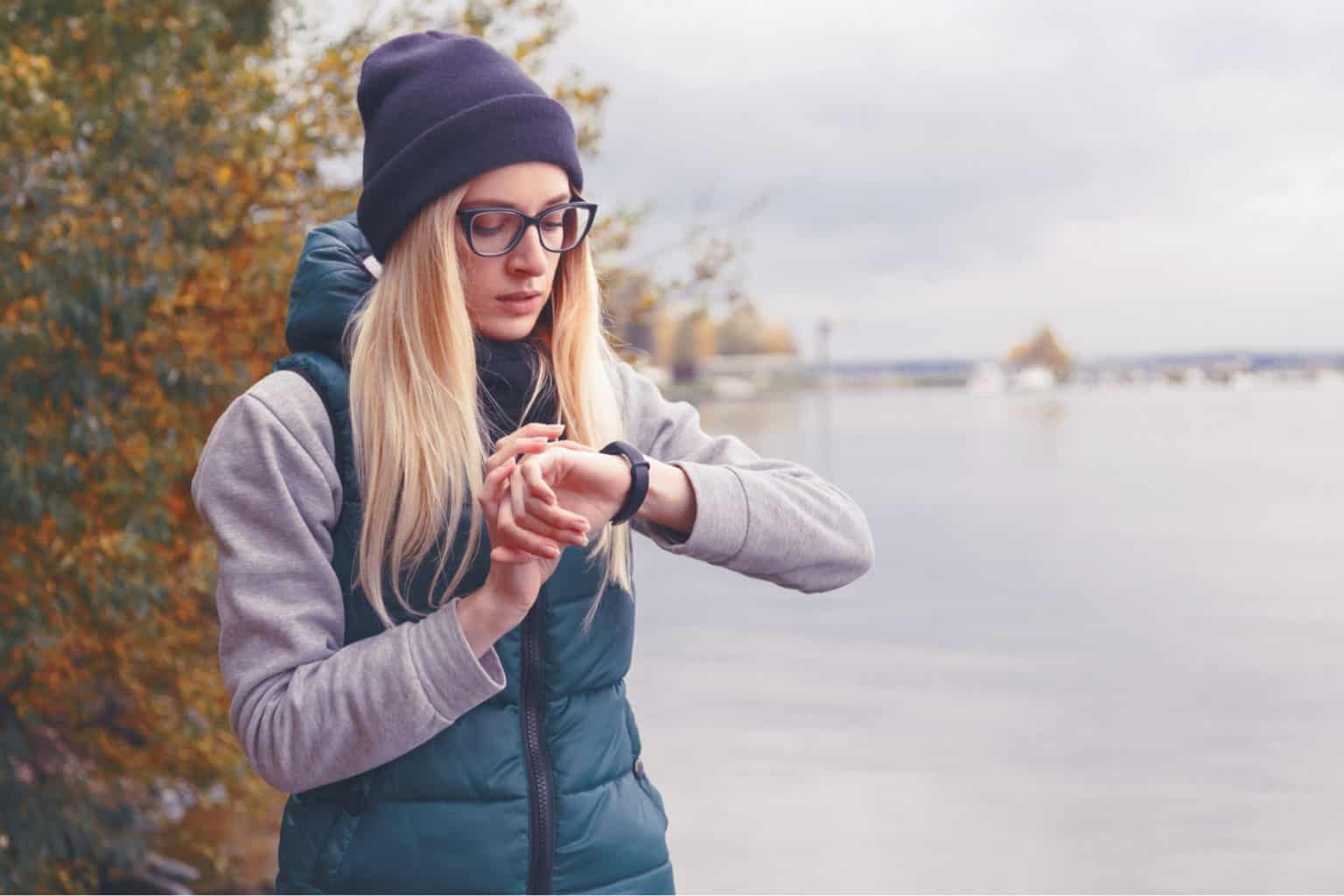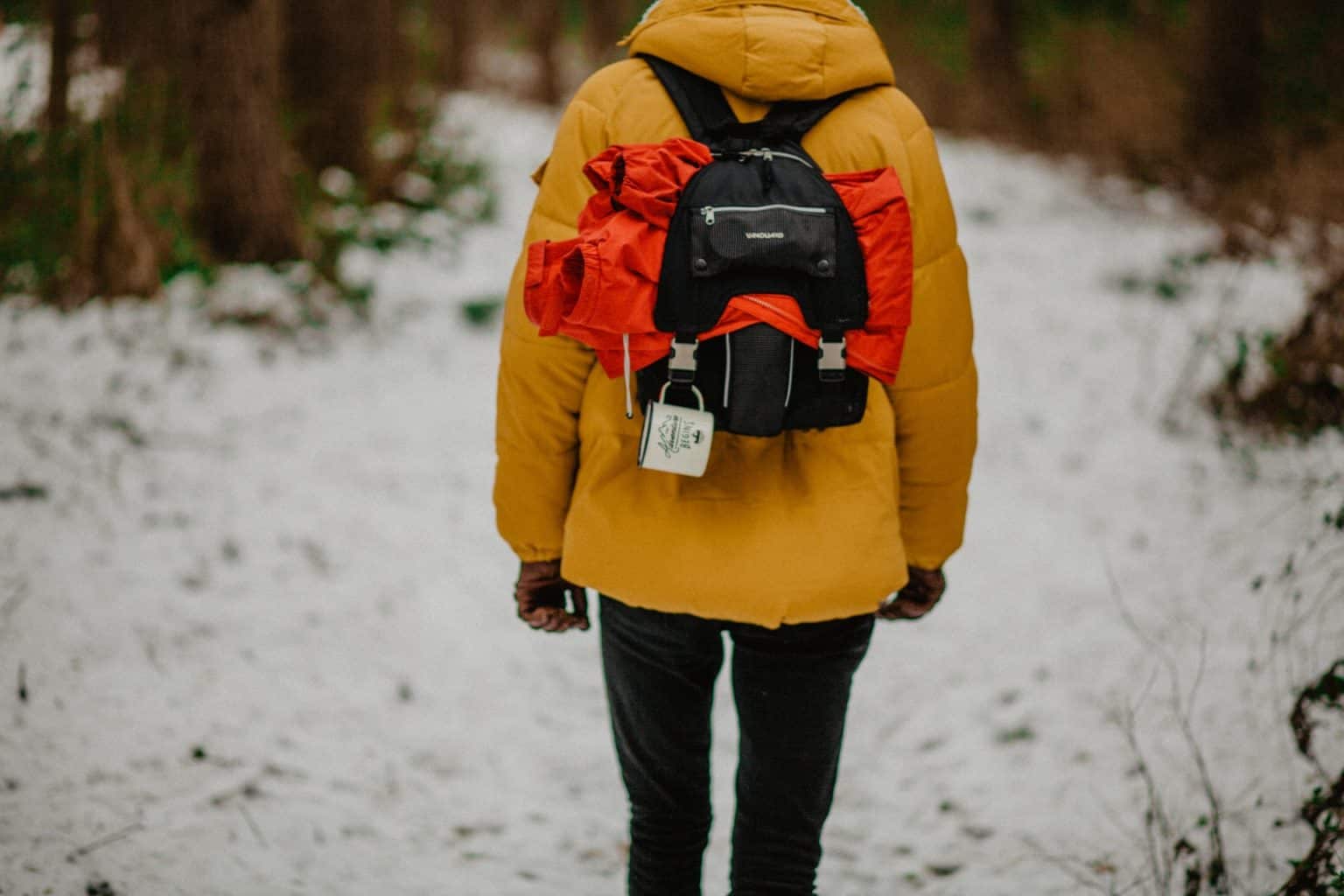Down vests are often seen as more of a style purchase than something that’s actually practical and useful. However, thanks to the innovations in the field of insulation, these pieces of outdoor apparel are now more versatile than ever.
In this article, we’ll be focusing on down vests or jackets and try to determine what makes down vests a good alternative to regular down jackets. While a down vest certainly can’t keep you as warm as a jacket made out of the same material, it is undoubtedly a worthwhile addition to anyone’s cold-weather wardrobe – here’s why:
A Down Vest Protects Your Core
These pieces of outdoor apparel provide more warmth than most people think. In fact, down vests can even help keep one’s extremities warm, as odd as that may sound.
Once a person’s core temperature begins to drop, their body immediately starts to decrease the amount of blood flowing to the extremities. It does so in order to increase the amount of blood flow in the more important part of one’s body – the core – trying to protect his or her vital organs.

It’s Also Extremely Versatile
Besides keeping the wearer’s core warm and insulated, a down vest also keeps the wearer’s arms free. Obviously, the same cannot be said for the bulky sleeves of down jackets.
When you’re participating in an outdoor activity that requires a lot of mobility such as setting up camp, climbing a steep hill, or even chopping wood, you need a full range of motion for your hands. On such occasions, a down vest keeps one’s arms free while still providing the necessary warmth.
This type of clothes also takes up less pack room. Why is this important? As the daily temperature increases and you feel the need to remove layers, it will be much easier to store a down vest than a down jacket.
When you’re very active (or when you’re on and about in milder temperatures), feeling too warm can become a major concern. Your body emits enough heat that wearing a full down jacket is overkill, but you still don’t feel comfortable with wearing only a long-sleeve shirt. The solution to this issue is a down vest – it easily replaces mid-weight and lightweight jackets.
When do Down Vests Work Best?
While this certainly isn’t an exhaustive list, these pieces of apparel tend to be most useful in milder temperatures. They also work well whenever you want to stay warm while being active in colder temperatures.
Down vests are great for fly fishing, running, cycling, setting up camp, and hiking. All of these activities are quite vigorous and will certainly keep your body’s temperature up. And that’s precisely why wearing a vest on such occasions is the best choice – it keeps the core warm while providing one’s arms with full freedom of movement.
In cases of colder temperatures, a down vest can be an excellent mid-layer between one’s outer jacket and a long-sleeved base layer. The versatility mentioned above is apparent in the cases of not-so-vigorous activities (such as bird watching or ice fishing) where a down vest works extremely well as a mid-layer.
In addition, when you’re wearing a down vest as your mid-layer, you can always take down your outer jacket to cool off while still keeping the down vest on. Furthermore, while camping, sleeping in a regular down jacket can be quite restrictive and therefore very uncomfortable. Sleeping in a sleeping bag with your down vest on is an entirely different thing – it’s the ideal way to add some warmth without feeling any discomfort.
How to Choose the Right Down Vest?
Like all other pieces of outdoor apparel, down vests are available in a wide variety of materials, sporting different features and different insulation levels.
Some will be plain and minimalistic, and some will come with bells and whistles such as detachable hoods or waterproof pockets. When choosing a down vest, consider how active you’re planning to be, the quality of your other layers, as well as the temperature you’re often spending time outdoors in.
How heavy or insulated a down vest will be is definitely an important consideration. Down-insulated models provide good protection from cold weather, while the lightweight fleece models work the best in milder temperatures.
The insulation or weight of the down vest you decide to go with needs to match your activity level as well. You should definitely go with a lightweight model if your outdoor activities are particularly physically demanding and cause you to sweat a lot.
The quality of the material is just as important, particularly when it comes to the vest’s outer shell. If your outdoor activity often causes damage to your clothes (as you’re bumping into sharp rocks or branches, for example), make sure to go with a model whose outer shell is made out of ripstop nylon or similarly durable material.
If you often face snow, rain, and high winds during your outdoor adventures, make sure to choose a model with a waterproof or water-repellent exterior, like a puffer vest with a wind-tight polyester outer shell. Select the right kind of down vest for your activities and weather and you’re guaranteed to end up surprised by how comfortable and versatile this simple piece of outdoor apparel can be.
What About Down Jackets, Though?
So, there are a lot of great things about down vests – they are lightweight and cheaper, they don’t take as much room, they have no annoying bunchy arms, and a lot of people see them as do-it-all layers. But is going sleeveless always a good idea?
Unlike down vests, down jackets provide complete upper body coverage. As you can already guess, this translates to a level of wind protection and warmth that the vests simply cannot provide. While you can’t wear a down vest on its own in all conditions, that’s something you can do with a down jacket – it will keep you warm and cozy even if you’re wearing only a t-shirt underneath it.
Furthermore, these garments often double as rainwear and, due to their larger size, often come with many more convenient features than the vests do. Obviously, the biggest advantage that jackets have over vests is that they protect your arms, too – it’s simply a better option in terms of weather protection.
And finally, while there are many different kinds of down vests out there, down jackets are available in a lot more different styles. There’s a down jacket for any kind of activity and any type of outdoor enthusiast – from fishermen to mountaineers.
In Conclusion
Both of these jackets and down vests are extremely useful, and each has its pros and cons.
As you can see above, down vests are actually much more practical and convenient than most people realize – they’re not just fashionable accessories. A down vest keeps the most important part of the body warm and is not as restrictive as a regular down jacket.
In our opinion, the best option is to have both a down vest and a jacket and then use each of them as needed – the jacket when you need full cold/rain/wind protection, and the vest when you need to stay active in chilly weather or you need a bit more warmth in your sleeping bag.

I love hiking, backpacking, and camping. From the Camino de Santiago to the West Highland Way in Scotland or simply a great day hike on the weekend. Hiking refreshes me, my mind, and keeps my body reasonably fit. So far I have walked three Camino routes and many other long distance hikes in the UK, Canada, and around the rest of Europe. One of the best was my hike up Ben Nevis.



